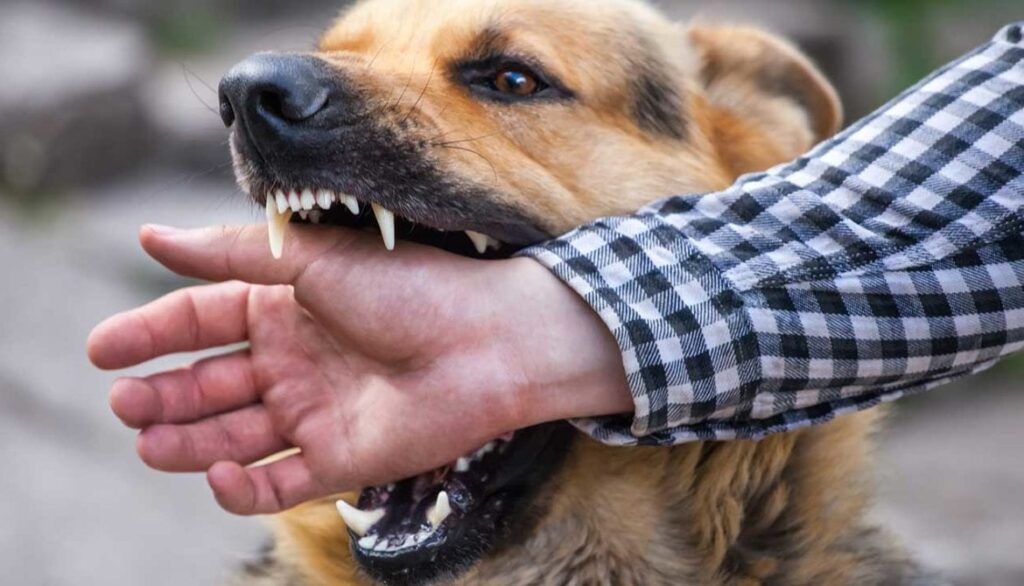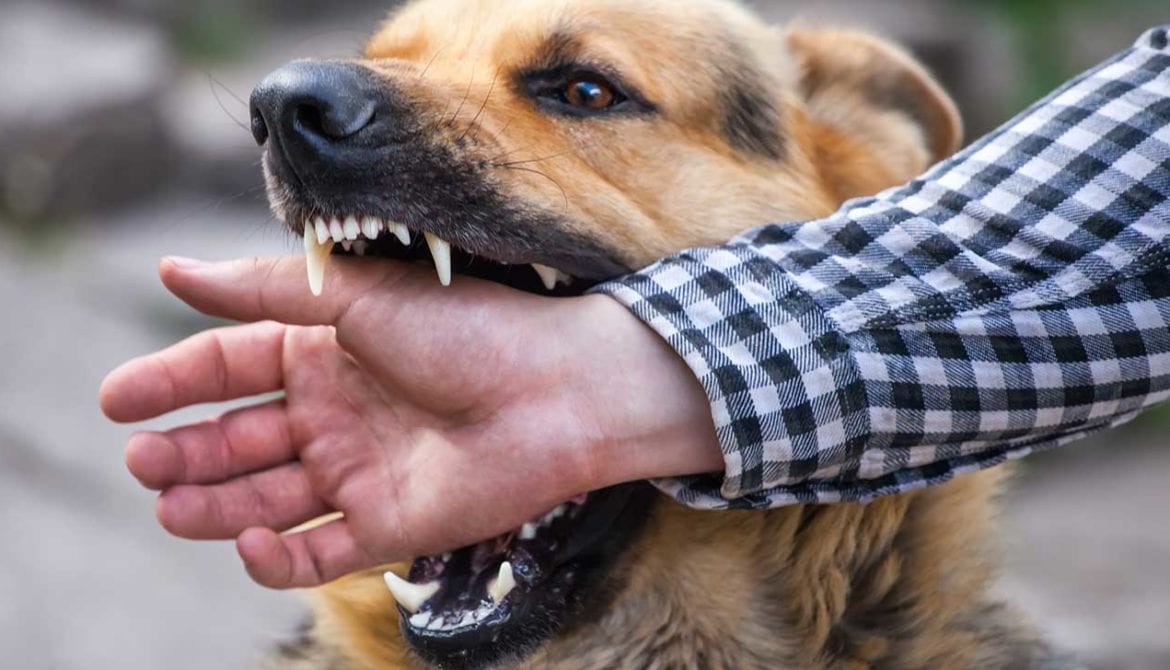
Dog bites are more common than most people like to believe. In fact, dog bites are one of the most common personal injuries.
Around half of the victims of dog bites are children between five and nine years old – which is alarming because dog bites can cause a lot of damage, including infection and disease.
While some dogs are undoubtedly friendlier than others, experts agree that many dog bites can be avoided by learning and teaching children the correct way to interact with dogs.
1. Don’t Assume All Dogs Are Friendly
Never assume that all dogs are friendly. Even dogs you know may bite in certain situations. Unfamiliar dogs may feel threatened, have behavioral issues, or have a medical condition that prompts them to bite. If you or your child is bitten, get medical treatment immediately and speak to a lawyer to discuss your options.
2. Don’t Approach Unfamiliar Dogs
Even if a dog looks friendly, don’t approach unfamiliar dogs. Even dogs on chains or leashes can bite due to stress and fear – in fact, chained dogs are more likely to bite because they can’t remove themselves from stressful situations.
3. Always Ask Permission To Pet Someone Else’s Dog
Dogs may be unpredictable around strangers due to a wide variety of factors, so never pet someone else’s dog without permission from the owner or custodian. Allow the dog to sniff you before you pet it, and don’t make sudden movements.
4. Don’t Run or Make Loud Noises
If an unfamiliar dog approaches you, do not run or act startled. Try to remain calm, keep your arms crossed at your sides to protect your limbs, and turn your back to it. You can say “no” in a firm, deep voice, but don’t shout or yell.
If the dog begins to retreat, remain calm while you walk away. Running and making loud noises can provoke the dog to chase you – either because he thinks it’s a game, or because your movement has caused his “prey drive” to kick in.
5. Recognize the Warning Signs
There are warning signs to look out for that may indicate that a dog is stressed and about to bite. Watching out for these behavioral cues can help you avoid an attack. Growling is usually the first sign, but if you see any of the following behaviors, remove yourself or your child from the situation.
The dog is holding the tail stiff and straight up, or down between the legs. Believe it or not, a wagging tail does not always mean that a dog is friendly – observe the dog’s other body language to determine the meaning of different stances and postures.
The dog has a wide-eyed stare where the whites are clearly showing – this is also known as “whale eye” and is a sign that a dog is stressed.
The dog’s ears are laid flat against the head and pulled back – however, this is not always easy to see if a dog has cropped or long, floppy ears.
Turning the head and body away from you – the dog is avoiding eye contact, which indicates that the dog is fearful or nervous.
The dog has a furrowed brow – this indicates that the dog is unsettled or nervous.
The dog is yawning and/or licking the lips or nose excessively – this is a signal of distress and/or discomfort.
The dog has a tense and tightly closed jaw or a stiffened, tense posture – this is a sign that the dog is on high alert and his muscles are tense and ready.
